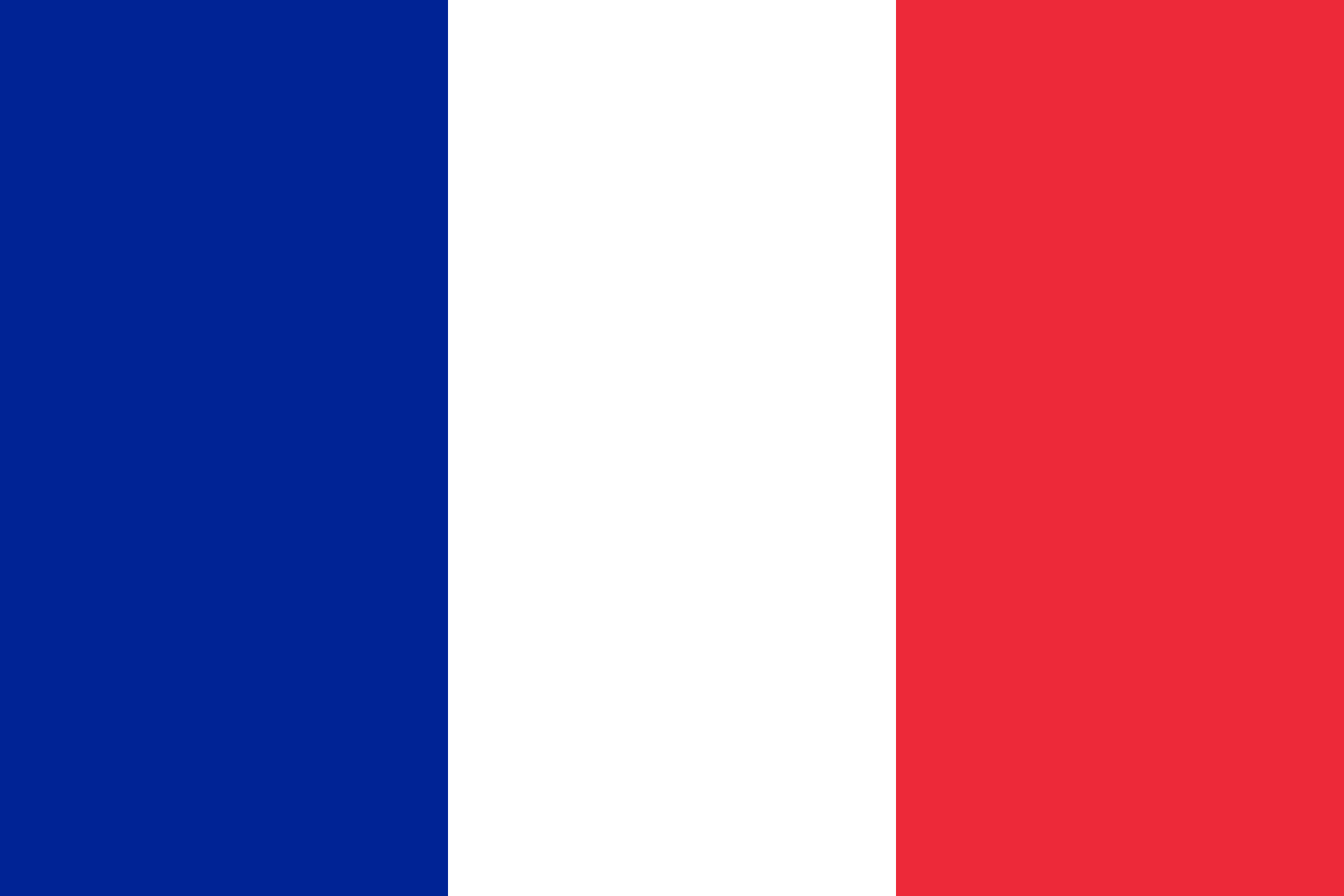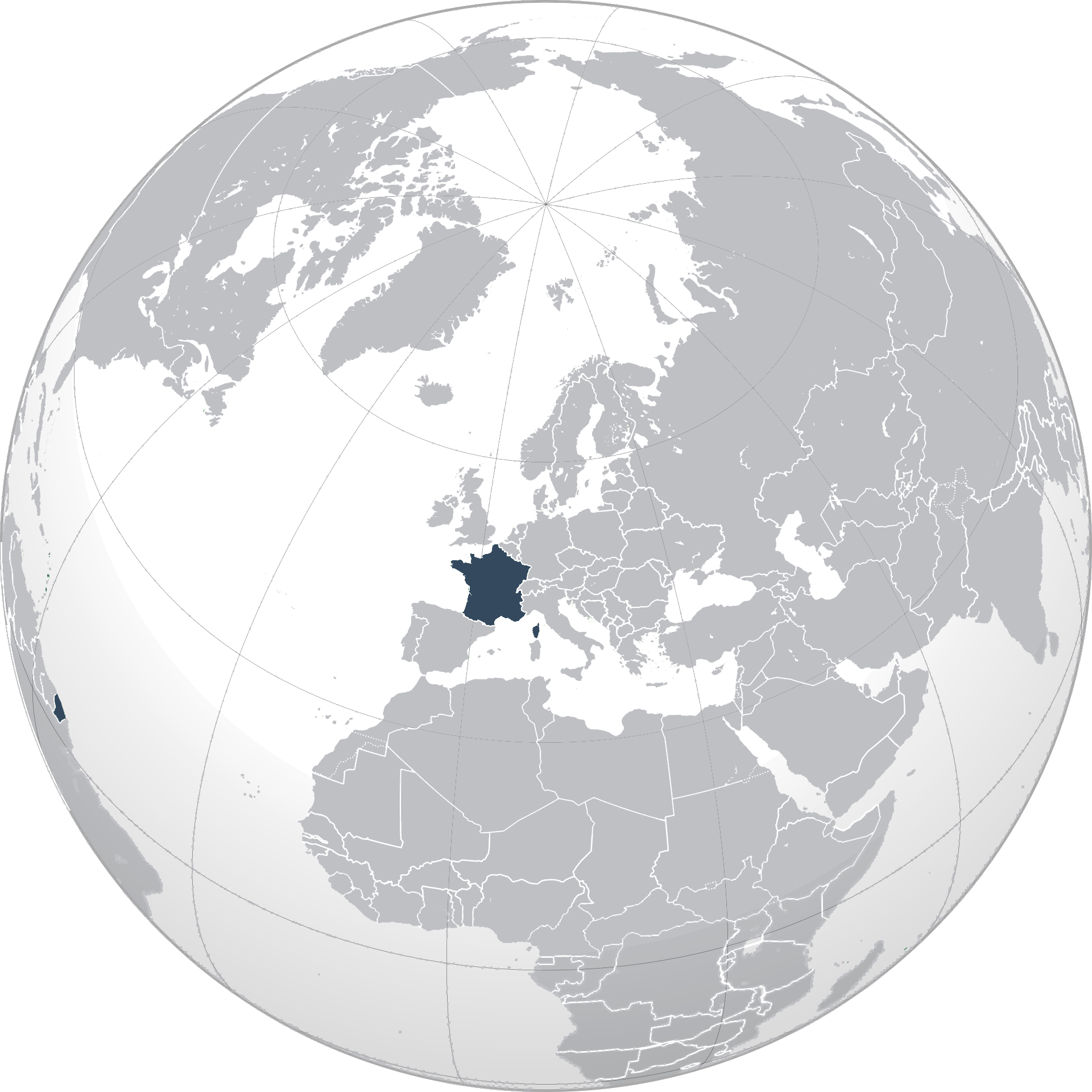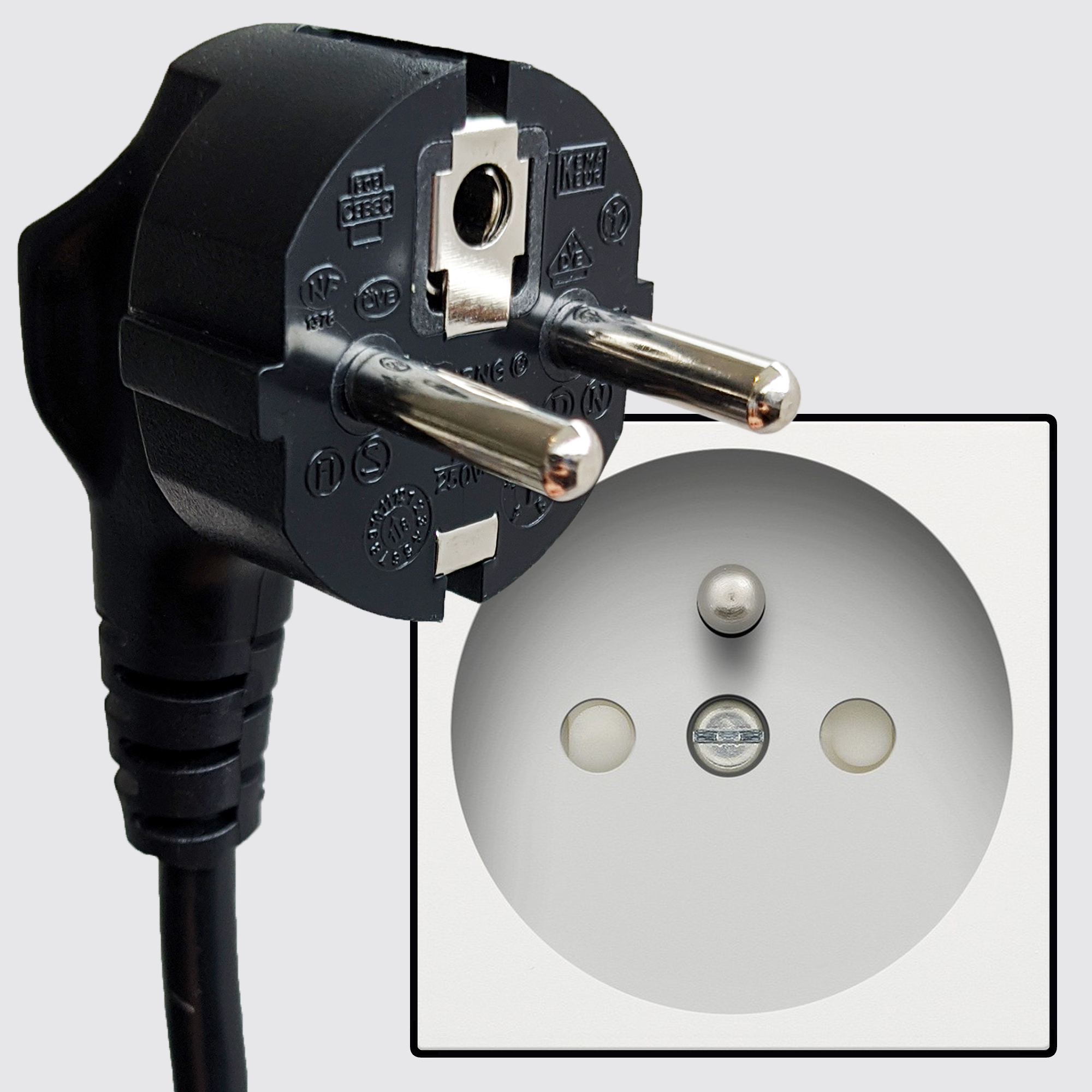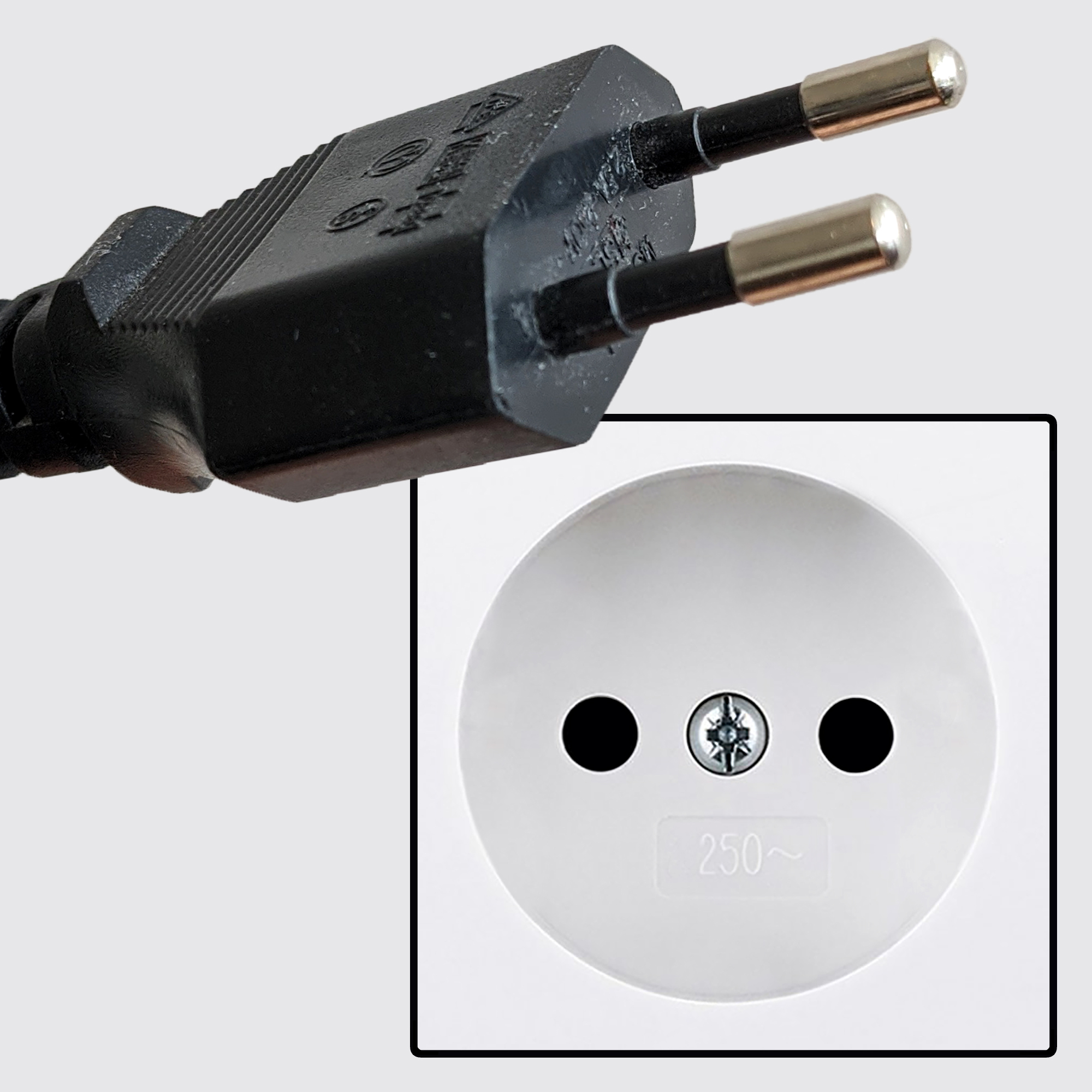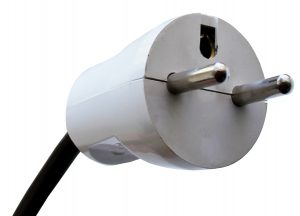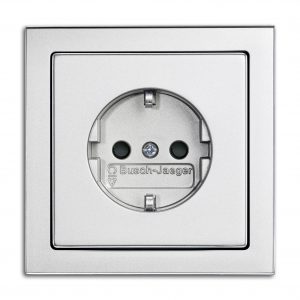Background information
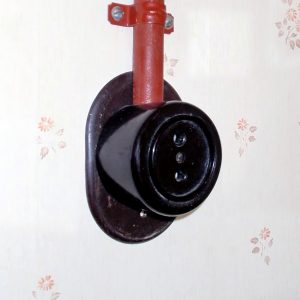
Type C Bakelite wall socket (1950s)
Although the origin of the type E plug and socket system is unclear, it was likely developed in the 1920s by the Belgian electrical accessories manufacturer Vynckier (now part of General Electric Power Controls). The design, however, was never patented, and therefore could be freely copied by other companies. This is why the governments of Belgium, France, Czechoslovakia (now Czechia and Slovakia) and Poland preferred Vynckier’s type E system over the German Schuko (type F), which was patented by Siemens and for which plug and socket manufacturers had to pay royalties.
Type C and type F plugs can also be used thanks to their compatibility with type E sockets. However, it is not permitted to install type C nor type F wall outlets in France. But why is that?
Typically, type C plug sockets are not allowed to be installed in France: these outlets are not earthed and are therefore considered dangerous. Only type E power points are permitted because they are grounded and therefore significantly safer.
The only (and rare) exception to this rule, is that an old type C outlet should be replaced by a new one. After all, if you hook up a grounded wall outlet (i.e. type E) on a two-wire circuit, the socket will not be grounded, but people will get the impression that it actually is grounded. No need to say, this is a potentially dangerous situation.
Nowadays, however, type C receptacles are not frequently installed anymore, since older properties are almost always completely rewired when they are renovated or significantly altered.
